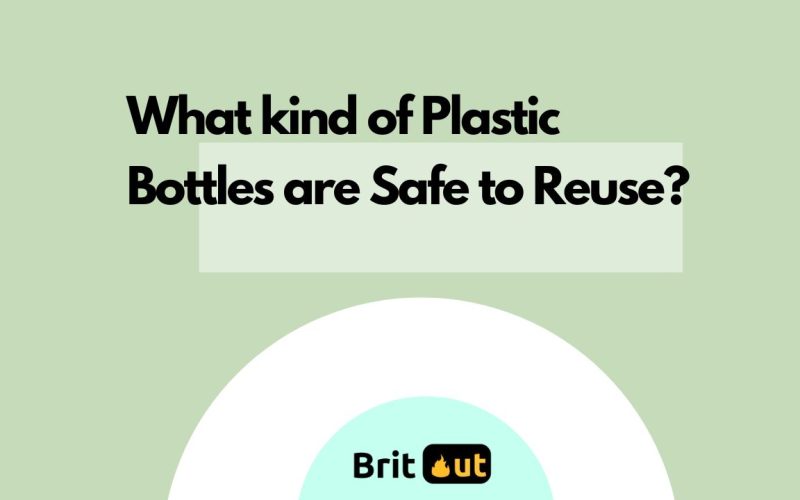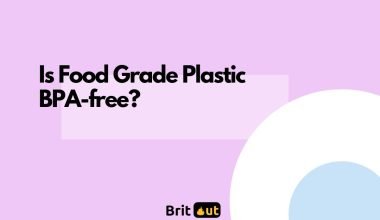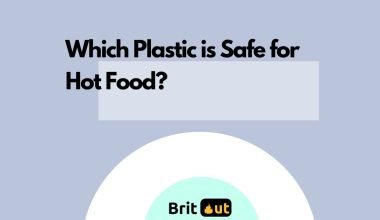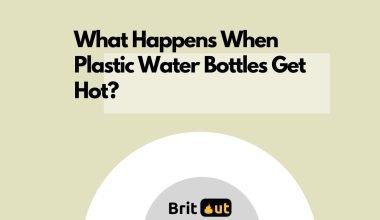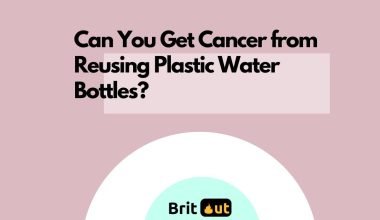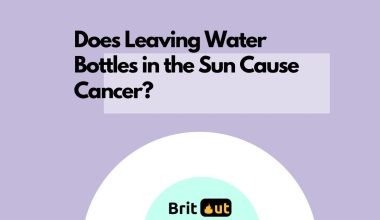We’ve all done it – taken a sip, re-capped the bottle, and planned to refill it later. But have you taken time to think about how safe your actions maybe?
Or perhaps, you know that reusing plastics might not always be a good idea, and you’re wondering what plastics are safe and what are not.
Here’s where we take a look at this in detail.
What kind of Plastic Bottles are Safe to Reuse?
Let’s take an overview of this….
| Resin Identification Code (RIC) | Type of Plastic | Common Uses | Safe for Reuse? | Potential Risks |
|---|---|---|---|---|
| 1 | Polyethylene Terephthalate (PET or PETE) | Single-use beverage bottles, food packaging | Not Recommended | Possible chemical leaching, especially when exposed to heat or over time |
| 2 | High-Density Polyethylene (HDPE) | Milk jugs, detergent bottles, reusable water bottles | Generally Safe | Must be cleaned thoroughly to prevent bacteria build-up |
| 3 | Polyvinyl Chloride (PVC) | Some food packaging, plastic toys | Not Recommended | May leach phthalates which can be harmful |
| 4 | Low-Density Polyethylene (LDPE) | Grocery bags, squeezable bottles | Generally Safe | Must be cleaned thoroughly to prevent bacteria build-up |
| 5 | Polypropylene (PP) | Yogurt containers, straws | Generally Safe | Must be cleaned thoroughly to prevent bacteria build-up |
| 6 | Polystyrene (PS) | Disposable cutlery, CD cases | Not Recommended | Can leach styrene, a possible human carcinogen |
| 7 | Other (Includes polycarbonate and BPA-containing plastics) | Large water bottles, some baby bottles | Not Recommended | Potential leaching of BPA or other potentially harmful chemicals |
Now in detail…
Plastics labeled with a number 1 — that’s polyethylene terephthalate (PET or PETE for short) — are the most commonly used for disposable drink bottles.
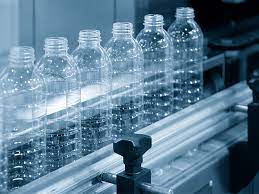
However, despite their popularity, they’re not really meant to be reused. They can potentially leach harmful chemicals when exposed to high temperatures, and over time with wear and tear.
So, what about plastics number 2 and 4 — high-density polyethylene (HDPE) and low-density polyethylene (LDPE) respectively?
These are generally considered safe for reuse.
They’re used in more durable plastic containers like milk jugs and those reusable water bottles you see in outdoor stores. That said, it’s still important to keep them clean and free from bacteria build-up.
Plastics labeled with a number 5 — polypropylene — are also safe for reuse. They’re sturdy, resistant to heat, and unlikely to leach chemicals. You’ll often find them used for yogurt containers and similar products.
However, plastics number 3 (PVC), 6 (PS), and 7 (other) are best avoided for reuse as they have been found to leach chemicals that can potentially be harmful.
All this information might seem a bit overwhelming, but it’s crucial to making informed decisions about reusing plastic bottles.
After all, we all want to do our bit for the planet, but not at the cost of our health, right? And remember, reusing a bottle is just one piece of the puzzle. Recycling it correctly if you can’t reuse it is just as important.
Should you reuse Plastic Bottles?
Now, let’s get to the heart of the matter. We’ve learned what kinds of plastic bottles are safe to reuse, but the bigger question still looms: should we actually be reusing them, since they don’t seem safe?
On the surface, it seems like a no-brainer.
Reuse the bottle, save money, and cut down on waste. Triple win, right? Well, as is often the case, it’s a bit more complex than that.
Reusing plastic bottles, especially the right kinds, can indeed be a fantastic way to lessen our environmental footprint.
Fewer bottles bought means fewer bottles discarded, and that’s definitely a step in the right direction toward a cleaner planet. However, there are a couple of important factors you need to consider.
First up, cleanliness. Remember, bottles can harbor bacteria over time, especially in those hard-to-reach corners.
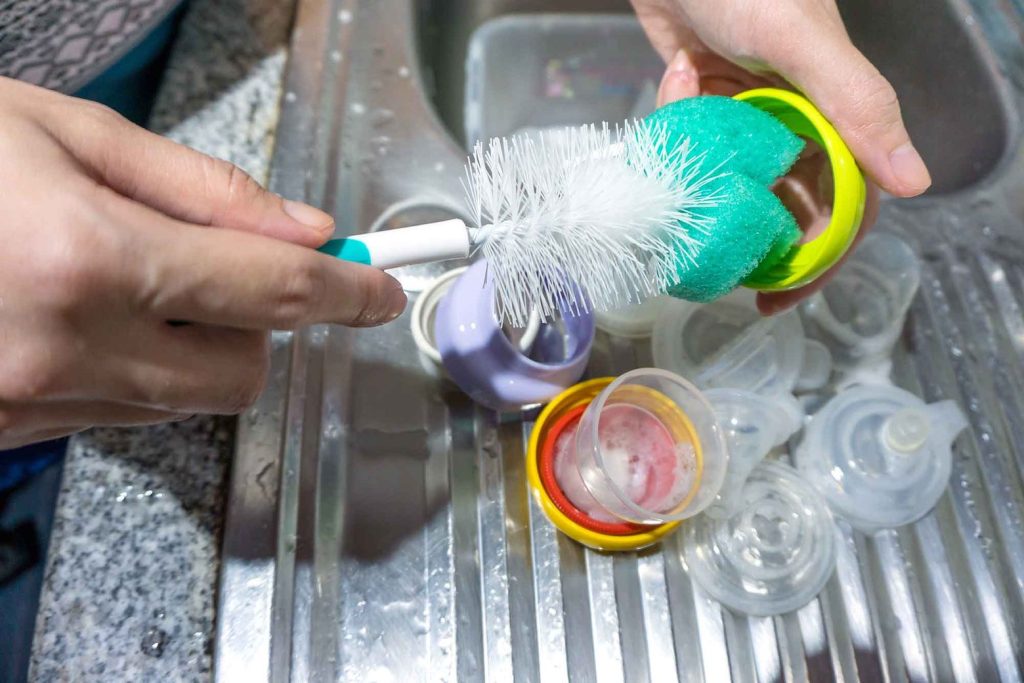
If you’re planning to reuse a plastic bottle, you’ve got to commit to cleaning it thoroughly and frequently. And no, a quick rinse with warm water won’t cut it. We’re talking hot soapy water and good scrubbing.
This article from Seattle Times explains vividly cleaning plastics the right way.
Next, the lifespan of the bottle also matters.
While some plastics are more durable and safer for reuse, they’re not indestructible. Over time, even these bottles will degrade, which can lead to leaks, bacterial build-up, and potential chemical release, which have been allegedly linked to causing cancer and other types of sickness.
It’s a good rule of thumb to replace your reusable plastic bottle every few years, or if you notice any visible signs of wear and tear. This is the reason you should also be concerned about how long is safe to reuse plastics.
And finally, you have to think about the big picture.
Reusing plastic bottles is a great step, but it’s not the ultimate solution. We also need to think about reducing our plastic usage overall, and choosing alternatives when possible. Glass and stainless-steel water bottles, for instance, can be excellent long-term, sustainable choices.
How to easily tell when Plastics are safe to reuse and when they’re not?
So now that we’ve pondered whether we should reuse plastic bottles, you might be wondering how to tell which plastic bottles are safe to reuse. It’s not exactly like they come with handy labels saying, “Hey, reuse me!” or “Nope, not this one!”
Well, actually… they kind of do!
If you haven’t done it before, grab a plastic bottle and check out the bottom.
You’ll see a triangle of chasing arrows – that’s the recycling symbol – with a number smack dab in the middle. This number is your guide to the type of plastic used to make the bottle.

Remember our chat about those numbers from the first section? They’re your best friend when it comes to knowing which plastics are safe to reuse. PETE (#1), commonly found in your typical single-use drink bottles, isn’t really your best bet for safe reuse due to potential chemical leaching.
On the other hand, HDPE (#2), LDPE (#4), and polypropylene (#5) are generally safer bets. They’re more durable and resistant to heat, meaning they won’t break down and leach chemicals as easily. However, even with these safer options, you have to be a clean freak. Regular washing is critical to keep bacteria at bay.
Lastly, steer clear from plastics labeled with numbers 3, 6, and 7 for reuse. They have been associated with chemical leaching and are best avoided.
But hey, remember, these numbers aren’t foolproof, they’re guidelines. Reusing plastic bottles, even the safer ones, still requires vigilance. Regularly check for signs of wear and tear, and always, always keep them clean.
While we’re getting the hang of decoding these numbers, it’s also essential to consider alternatives. Like I mentioned earlier, stainless steel or glass bottles are great reusable options. They’re more durable and, when treated right, can last for years, which is music to our planet’s ears!
Conclusion
So, should we reuse plastic bottles? The answer: it depends. As we’ve explored, some plastic bottles can be safely reused, while others are best avoided.
